This Advisory is based on TIP 27, Comprehensive Case Management for Substance Abuse Treatment. It surveys the underlying principles and models of case management, discusses reasons substance use disorder (SUD) treatment providers might consider implementing or expanding the use of case management, and lists some case management-related resources and tools.
Dashboard: Filter Bricks
Main page content

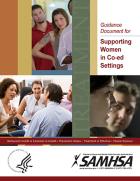
This guide offers best practices for treating women living with substance use disorders in co-ed treatment and recovery settings. It highlights the importance of gender differences, cultural sensitivity, and developing healthy relationships.
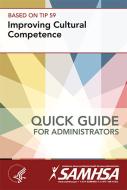
This manual for administrators describes the influence of culture on the delivery of substance use and mental health services. It discusses racial, ethnic, and cultural considerations, and presents the core elements of cultural competence.

This manual for professional care providers and administrators describes the influence of culture on the delivery of substance use and mental health services. It discusses racial, ethnic, and cultural considerations, and presents the core elements of cultural competence.
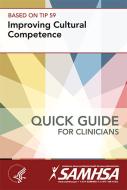
This manual for clinicians describes the influence of culture on the delivery of substance use and mental health services. It discusses racial, ethnic, and cultural considerations, and presents the core elements of cultural competence.

For individuals at risk of suicide, primary and behavioral health care settings provide unique opportunities to connect with the health care system and access effective treatment. Suicide Safe is a free mobile app that helps providers integrate suicide prevention strategies into their practice and address suicide risk among their patients. The Suicide Safe app is based on SAMHSA's Suicide Assessment Five-Step Evaluation and Triage (SAFE-T) card.
With Suicide Safe, primary and behavioral health care providers can:
- Learn how to use the SAFE-T approach when working with patients.
- Explore interactive sample case studies and see SAFE-T in action through case scenarios and tips.
- Quickly access and share information, including crisis lines, fact sheets, educational opportunities, and treatment resources.
- Browse conversation starters that provide sample language and tips for talking with patients who may need suicide intervention.
- Locate treatment options, filter by type and distance, and share locations and resources to provide timely referrals for patients.
For more information, email SAMHSA at samhsainfo@samhsa.hhs.gov.

This guide equips clinicians with practical guidance to address the needs of men in recovery. It addresses screening and assessment, treatment issues, working with specific populations of men, and male-appropriate treatment modalities and settings.
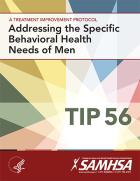
This guide addresses specific treatment needs of adult men living with substance use disorders. It reviews gender-specific research and best practices, such as common patterns of substance use among men and specific treatment issues and strategies.
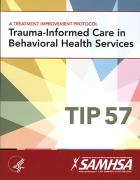
This manual helps behavioral health professionals understand the impact of trauma on those who experience it. The manual discusses patient assessment and treatment planning strategies. These strategies support recovery and the development of a trauma-informed care workforce.
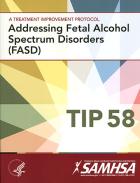
This guide reviews screening tools for alcohol use and interventions for pregnant women and women of childbearing age to prevent fetal alcohol spectrum disorders (FASD). It also outlines methods for identifying people living with FASD and modifying treatment accordingly. Access the literature review.
Displaying 1 - 10 out of 16

